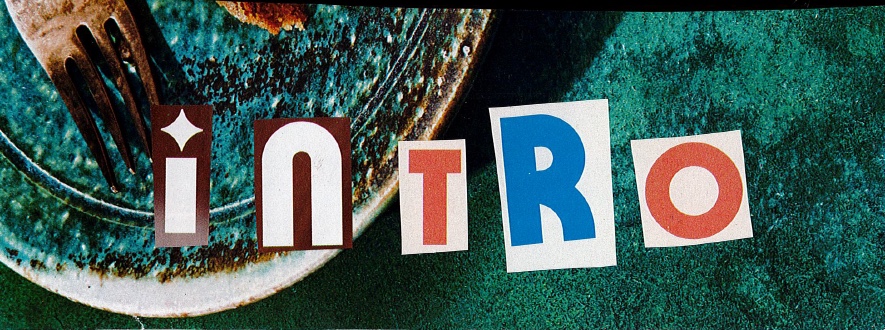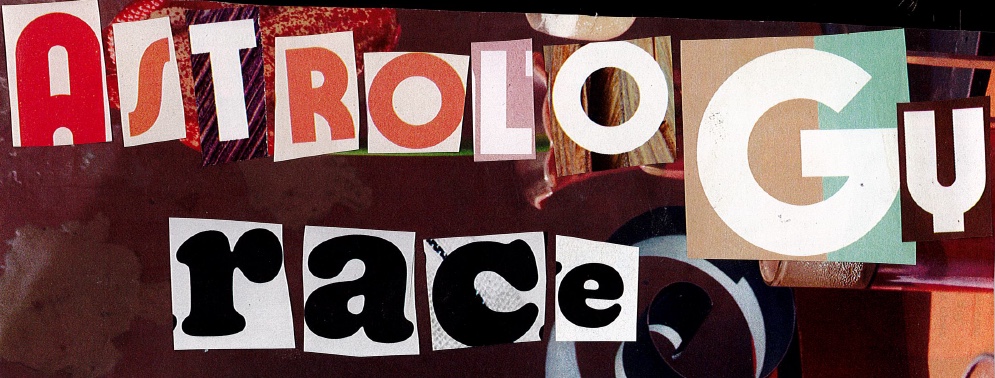Throughout this project my goal is for my audience to read and reflect on their chart in order to uncover their relationship and role within racial justice work. I think that it is important to situate my own definition of what I believe racial justice to be, and what taking action on racial justice looks like.
According to the American Civil Liberties Union, Racial Justice is the effort to confront, deconstruct, and abolish systems of racial injustice that have violently oppressed Black, indigenous, and other people of color in the United States for generations. Racial justice looks different across racial identity groups – justice for the Black community is different than justice for the indigenous community, and so on. However through a lens of solidarity it is evident that all of the issues and injustices that each racial identity group faces reflect similar roots in white supremacy, colonialism, and patriarchy.
There are many different images of what racial justice looks like and many different avenues for getting involved. Many organizations and communities focus on one specific area of racial injustice such as access to education and school reform, the Prison Industrial Complex, food and housing access, community and neighborhood empowerment, and so on. Many organizing groups adopt practices of mutual aid in which the community itself is uplifiting one another through material and immaterial aid. Below I have outlined organizations that are each doing different work fighting for racial justice and employing various techniques, practices, and value systems.
The ACLU has focused most of their efforts on litigation and the development of policies that will have a widespread impact and with intent to protect the rights of all Black and Indigenous people in the US. The Equal Justice Initiative based in Alabama focuses on education as a method for community acknowledgement of the violent history of racism and its violent existence today. Organizations in Minnesota like Reclaim the Block focus specifically on deconstructing the Prison Industrial Complex in Minnesota by redistributing funds from the police budget back into the community. They work with organization MPD150 which provides educational and action based resources for working towards an entirely new system of policing. Other organizations such as Stop Line Three based in Minnesota fight systems of racial and environmental injustice such as oil pipelines which break treaty agreements, cause environmental damage, and put indigenous women and children in danger of being trafficked. Groups like the Twin Cities Mutual Aid Project work with a variety of community members to take action through the redistribution of material resources such as wealth to provide communal based reparations. Some groups, especially grassroots groups, focus efforts on creative resistance in which they use art, music, and other methods of expression to spread awareness of injustice, and spread hopeful messages of a new future. Over the last few years we have also seen how individuals have identified their own strengths and taken action on racial justice work through identifying their own resources. Contributing to mutual aid networks, attending protests, writing letters to and calling government and education leaders, creating art, sharing information on social media, and so much more are all great examples of racial justice in action.
My hope is that this understanding of racial justice will help you as you approach the reflection questions in the Tools section and begin to think about how your astrological chart may guide you towards a path of activism. And if you are already involved in this work then I hope that through reading and reflecting you can develop a deeper understanding of your motivations, purpose, and how you can best care for yourself as you continue the fight for racial justice.

